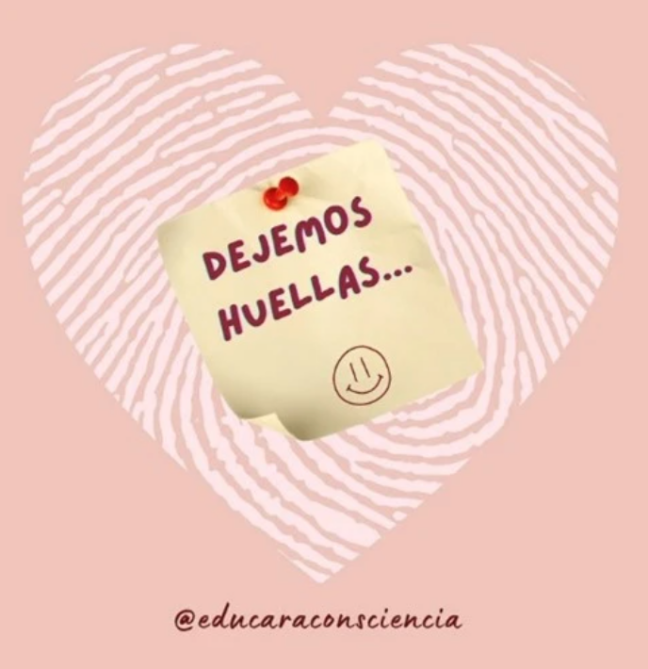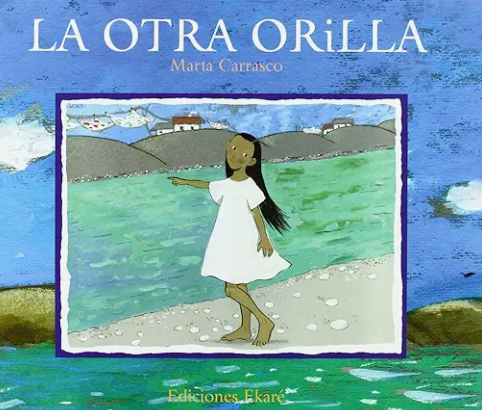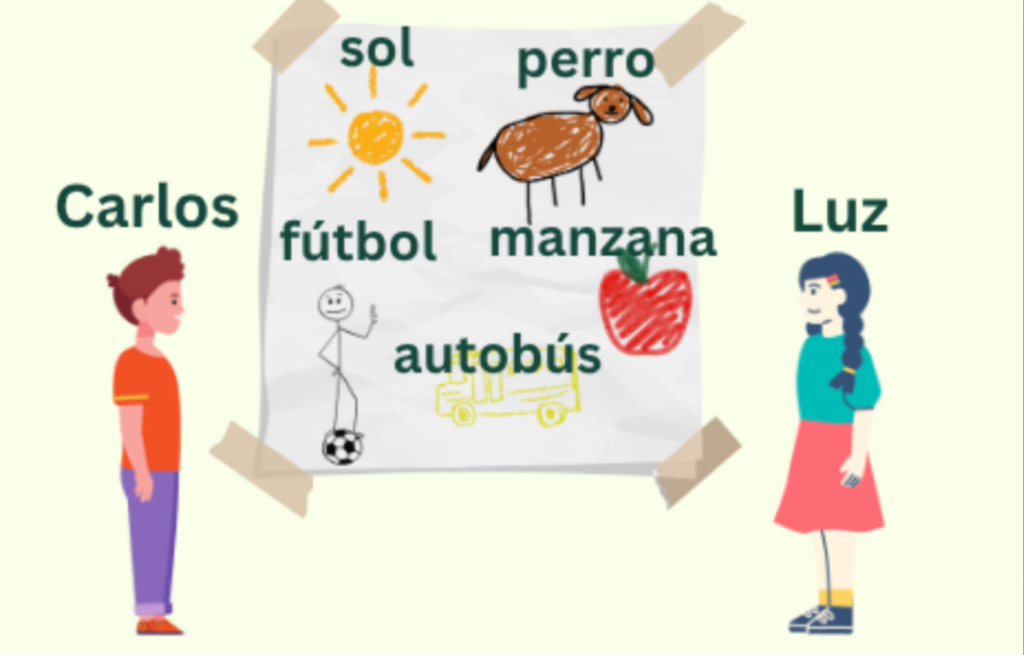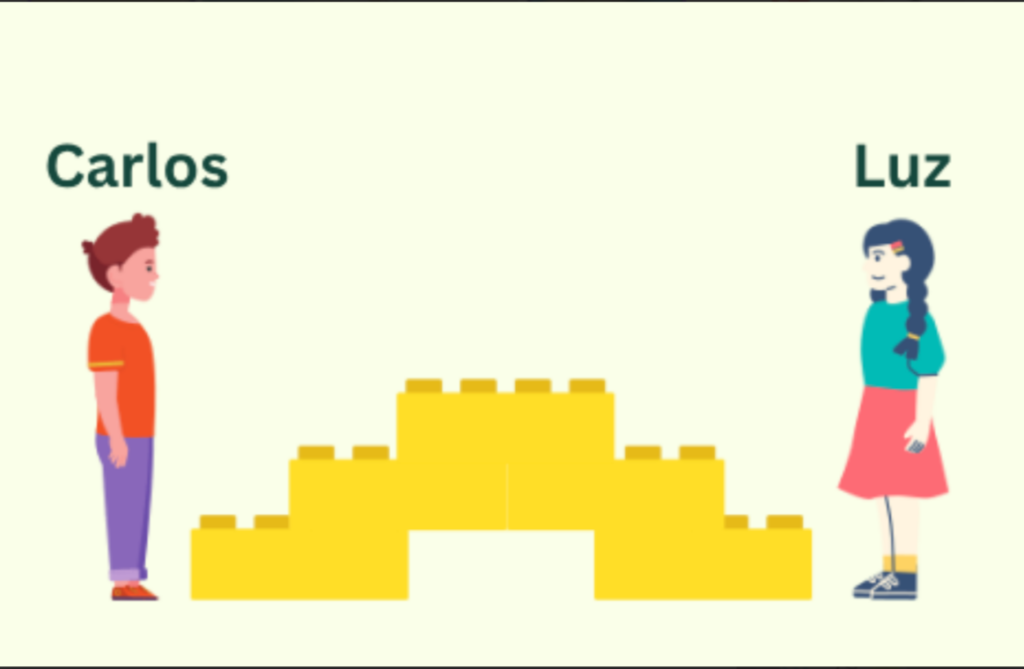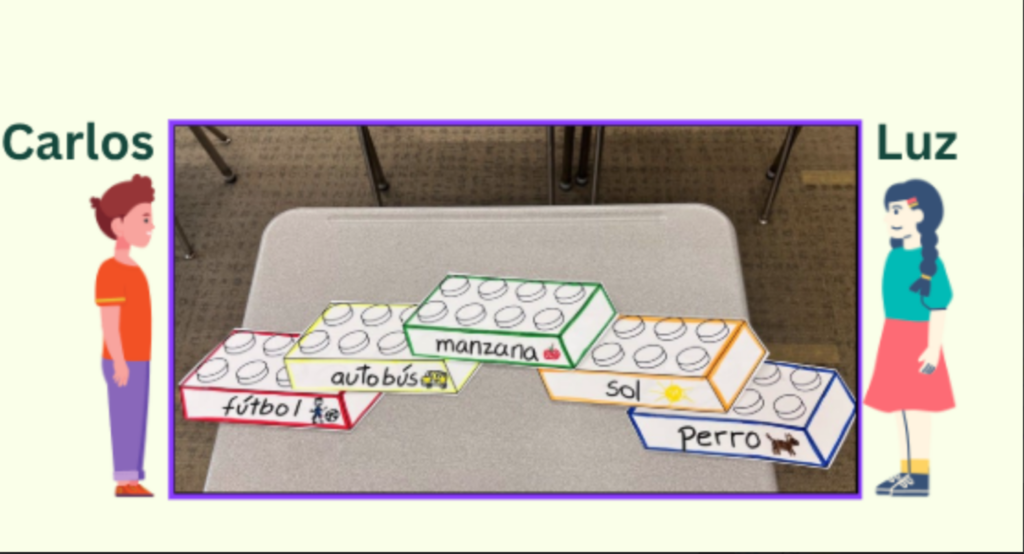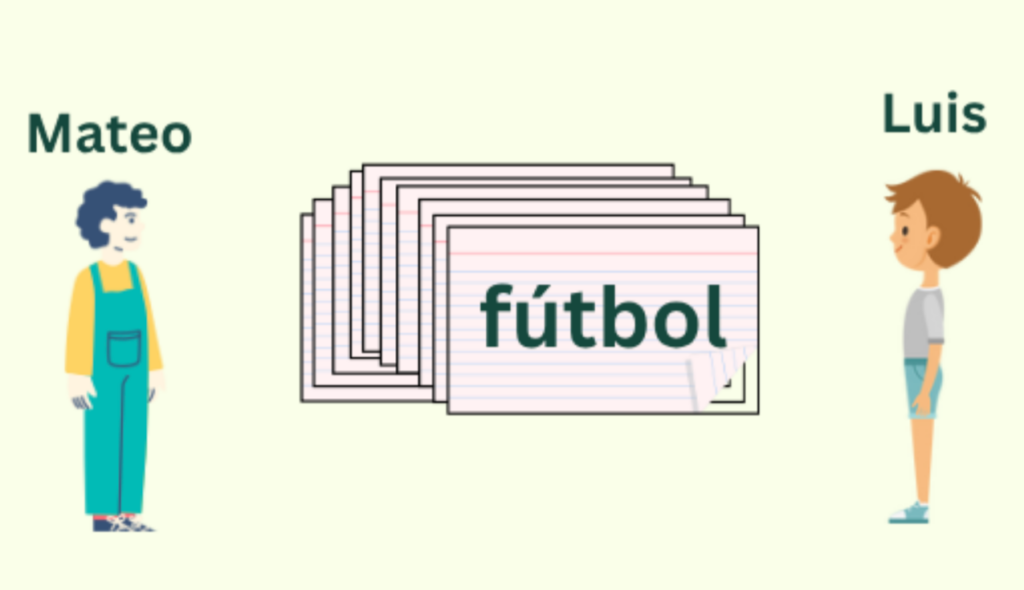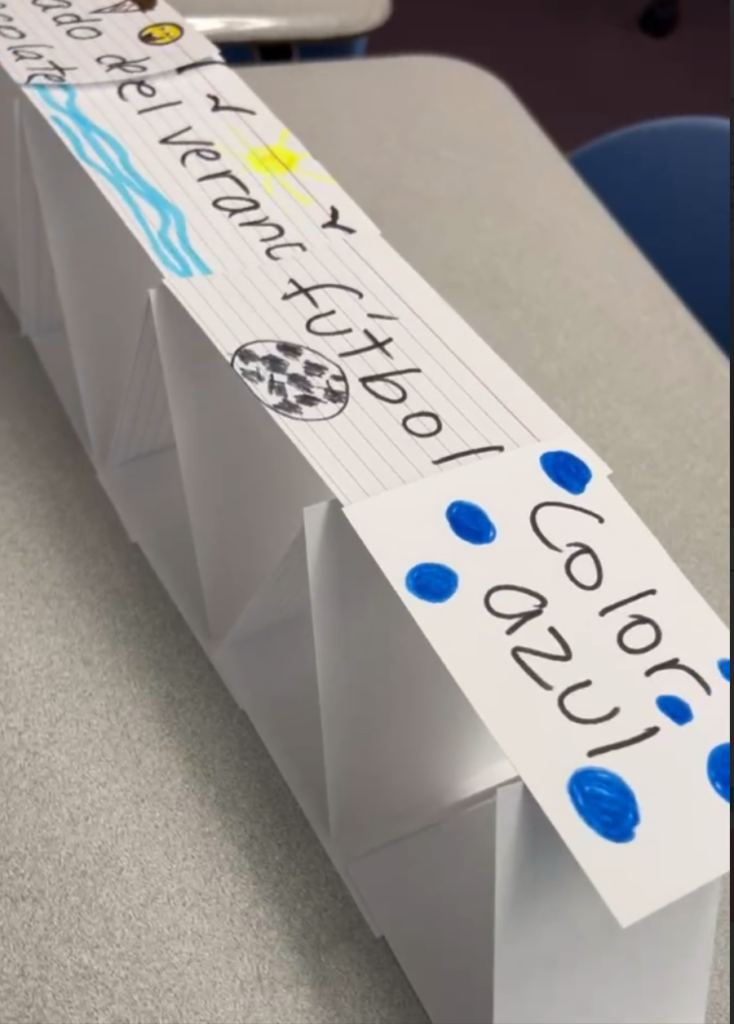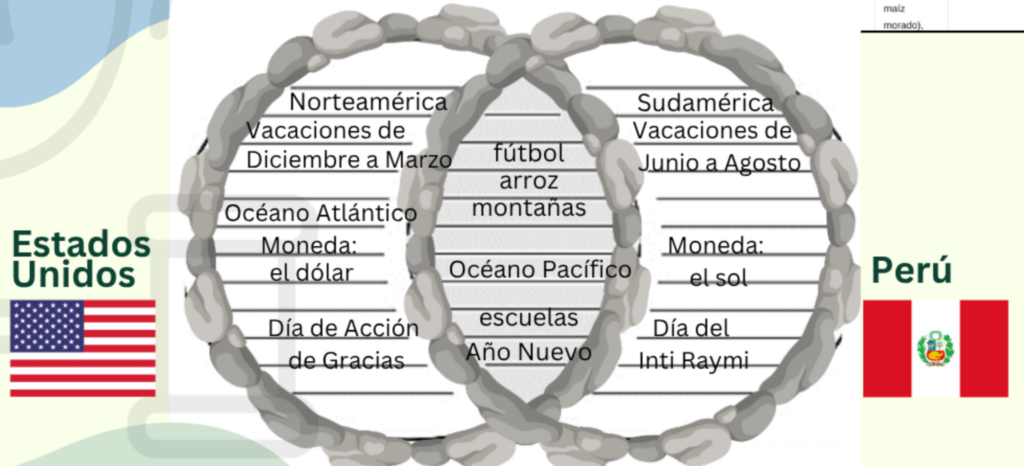by Justa Rebollo Paz (LTL Contributor)
Dejemos huellas
Un día dejé este post it en la sala de maestras….
No sé qué les despierta a ustedes, a vos, pero a mí me dice que cada vez que “toquemos” el corazón de un niño (un alumno en este caso, pero puede ser cualquier persona) lo hagamos con la consciencia tal, de que nos aseguremos de dejar una huella en él.
- Para así, crear posibilidades para que el aprendizaje suceda.
- Para que involucremos nuestro corazón con el suyo y se forme ese vínculo tan necesario para poder aprender.
- Para aprender siendo escuchado, siendo cuidado, siendo contenido, siendo empoderado, siendo motivado, siendo bien recibido…. así voy a dejar huella, y así ellos van a aprender (y nosotros también)
Probemos. Dejemos huellas en los corazones.
Let’s Make a Mark
One day I left this post-it note in the teachers’ lounge…
I don’t know what it awakens in you, but it tells me that every time we “connect with” a child’s heart (a student in this case, but it could be anyone), we do so with the awareness to make sure we leave a mark on them.
Let’s make a mark
- In order to create opportunities for learning to happen.
- So that we engage our hearts with others’ and form that bond so necessary for learning.
- So that they learn by being listened to, being cared for, being supported, being empowered, being motivated, being welcomed…
That’s how I’ll make a mark, and that’s how they’ll learn (and in the process so will we).
Let’s give it a try. Let’s leave a mark on their hearts.
Justa’s post reminded me of the book ‘The Dot’ by Peter H. Reynolds and its message “Just make a mark and see where it takes you.”
